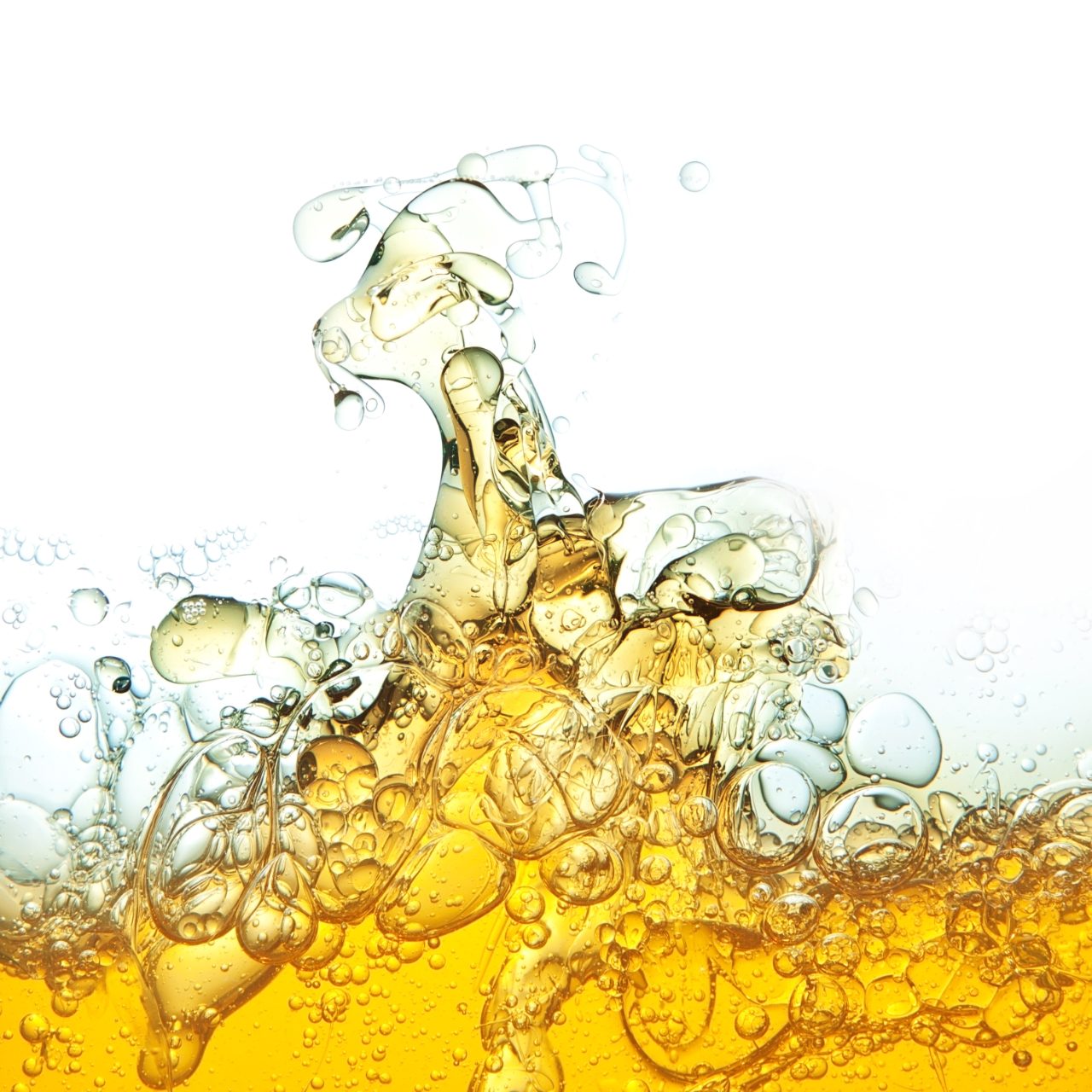

Cosmetics and Healthcare
Raw Material Validation by Vibrational Spectroscopy
The quality of cosmetic products is largely determined by the quality of the raw materials used. Therefore, all raw materials used in the manufacture of cosmetic products must meet certain specifications in order to ensure a consistently high level of quality.
Our FT-IR and Raman systems are ideally suited for the use in sensitive and regulated environments as the offer highest analytical reliability and provide all standards regarding good manufacturing practice (GMP).
Investigation of the Penetration Behavior of Creams into the Skin by ATR FT-IR
The various human skin types (dry, normal and oily skin) differ mainly in sebum content, but of course also in their composition in terms of the fats and their degree of order. However, frequent hand washing and disinfection can remove large amounts of sebum and fat from the skin.
Infrared spectroscopy provides general information about the chemical composition of a substance under investigation. In combination with the ATR technique (attenuated total reflection) it can also provide information about the surface properties of a substance.
Thus it is possible to determine the penetration depth of creams and their effect on the skin (regreasing, moisture content, etc.). A 2020 study investigated the release of anthocyanins from lipophilic cosmetic formulations using both ex vivo porcine skin and in vivo human skin methods. You want to know more?
Microplastic Particle Analysis by Infrared Microscopy
Microplastics are a serious threat to our environment and until recently were included as an abrasive additive in many cosmetics. An although the use of microplastics as an additive for cosmetic products has been reduced, they are still an environmental threat.
FT-IR microscopy allows the classification of microplastics by type, size, shape and number and also allows a high degree of automation. Smart software solutions automatically identify and classify found particles and reduce the chance for human error to a minimum.
Nanoparticle Size and Distribution Analysis with SAXS
Many consumer products in the cosmetics and healthcare field incorporate nanoscaled materials. Particles and minerals with nanometer length scales offer high surface area and reactivity. Care must be taken as nanoscaled particles can be absorbed into the skin. Small Angle X-ray Scattering (SAXS) offers a method for characterizing the size distribution and shape of nanoparticles with minimum effort for sample preperation because the nanoparticles do not have to be removed from substances in which they are imbedded.

